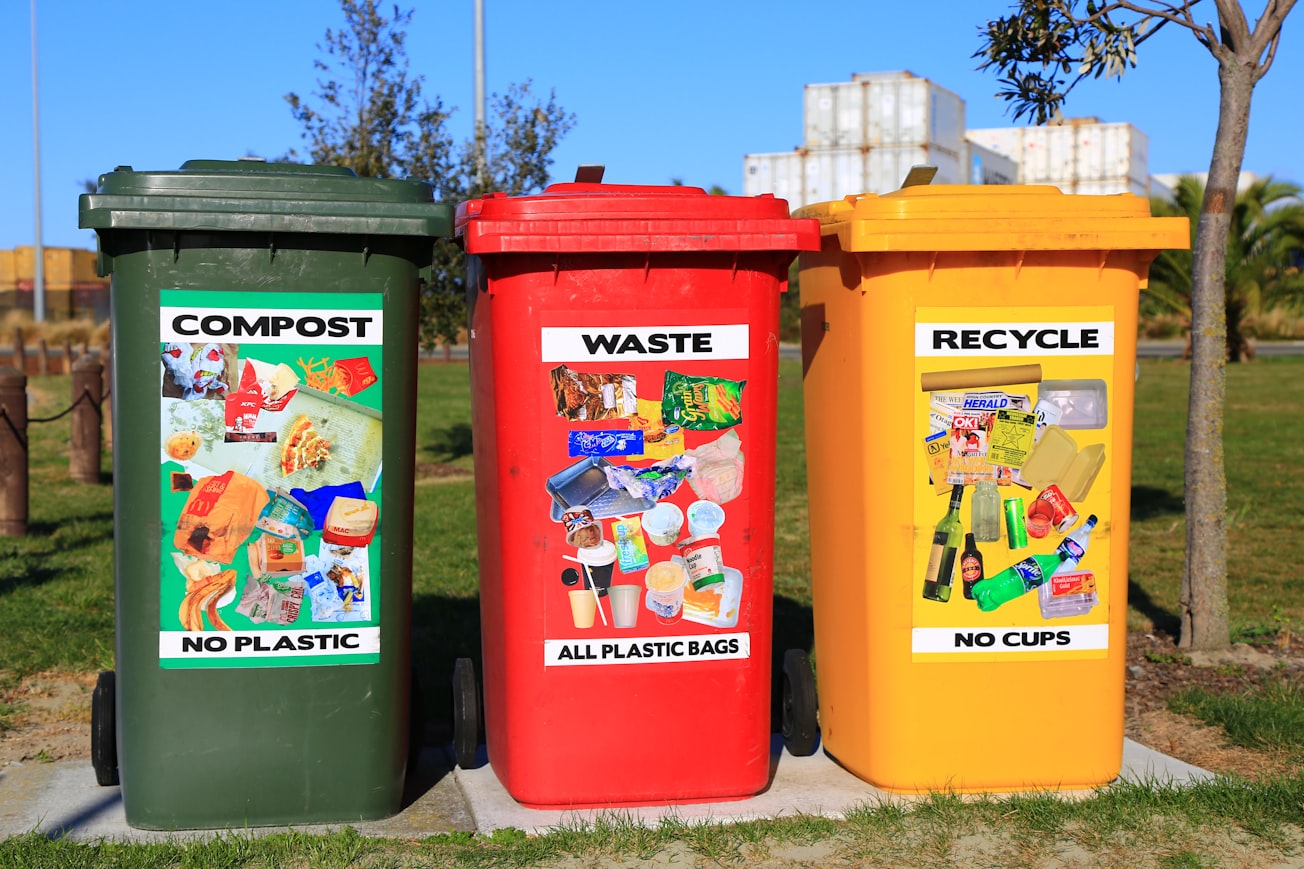What is it about?
A wide variety of wastes are generated all around the world from fruits, marines, and plants, among several other sources. The remains of animal skeletal encompass many precious compounds, which undergo decomposition in the environment. Biowaste contains renewable chemical materials, which are effective in various appliances including the treatment of wastewater, synthesis of high-value nanomaterials, and useful catalysts. Biowaste materials have excellent chemical properties, which are not only attractive in terms of price but are environment friendly and can be deployed as effective catalysts in the synthesis of organic compounds. The entire synthetic strategy conforms to the main principles of green chemistry that aim to minimize the production of toxic materials in assorted reaction conditions. Herein, the methods for the preparation of nanomaterials including magnetic nanoparticles and their catalytic activities are exclusively elaborated in the domain of greener and atom-economic multicomponent reactions; the high-value utilization of abandoned yet abundant renewable resources from biowaste is beneficial for the environment.
Featured Image

Photo by Nareeta Martin on Unsplash
Why is it important?
Many materials from the terrestrial and sea sources are considered wastes, that are predominantly released into the environment thus generating additional strain on the already scarce landfill space. Often, a tipping fee is to be paid for the disposal of these materials in landfills which are already depleting worldwide. Therefore, adopting the concept of waste to wealth, the so-called ‘wastes’ can be turned into valuable resources and inexpensive precursors and materials for the synthesis of greener natural catalysts. In view of the importance of green chemistry in organic reactions, especially the application of wastes as catalysts in inherently sustainable multicomponent reactions has been collected from the recent literature and summarized in this review. This article has highlighted the importance of animal, plant, household, stone wastes as catalysts by simple modification processes which could be deployed in the multi-component reactions, another greener strategy that precludes the isolation of intermediates and exploits the atom economic aspects. According to the latest studies, chitin- and chitosan-based catalysts have not been fully exploited from natural marine waste which has a great potential for high-value appliances in biomedical fields (drug and vaccine delivery) and in environmental remediation of pollutants as adsorbents by themselves or after admixing with biochar. We believe this article will prompt researchers to think of innovative ways to use the Biosphere’s bounty which is abundant and renewable in contrast to the finite fossil fuel-derived resources which contribute to climate change issues.
Perspectives
A wide variety of wastes are generated all around the world from fruits, marines, and plants, among several other sources. The remains of animal skeletal encompass many precious compounds, which undergo decomposition in the environment. Biowaste contains renewable chemical materials, which are effective in various appliances including the treatment of wastewater, synthesis of high-value nanomaterials, and useful catalysts. Biowaste materials have excellent chemical properties, which are not only attractive in terms of price but are environment friendly and can be deployed as effective catalysts in the synthesis of organic compounds.
Distinguished Professor Ghodsi Mohammadi Ziarani
Alzahra University
Read the Original
This page is a summary of: Waste-to-wealth transition: application of natural waste materials as sustainable catalysts in multicomponent reactions, Green Chemistry, January 2022, Royal Society of Chemistry,
DOI: 10.1039/d2gc00704e.
You can read the full text:
Resources
Contributors
The following have contributed to this page







